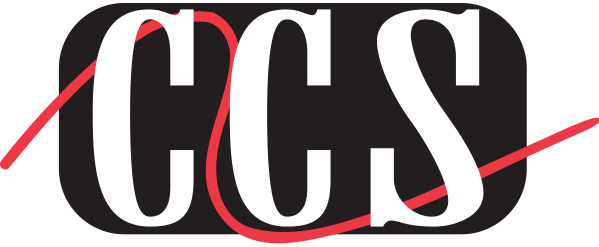Flexographic and Digital printing are two printing methods that are mainly used to achieve custom printed labels; and with both technologies continuously advancing, it can be difficult to decide which method is better suited for your company.
More often than not, it boils down to two major demands of the customer. The first being, the quantity of labels the customer needs, and the second is the color and customizations of the labels that are being printed.
Flexographic printing utilizes flexible plates and rotary style tooling for large production runs. This method uses a printing plate attached to a plate cylinder where the ink is transferred from the ink tray onto an ink roller, then onto the plate. Once evenly distributed over the plate, the plate makes a printed impression on the label material as the material passes through the rotary press. Think of a stamp marking a piece of paper. Flexographic printing is similar, just more complex.
Digital printing refers to the process where a graphic and/or text is transferred using a concept that involves positive and negative electrical charges on rollers called “drums”. Each CMYK color has its own drum. When charged, the drums apply the toner (ink) to the material, which is then fused together in a heating unit.
There are no physical printing plates or cylinders involved to create the image, but instead, the digital image is transferred directly from the file to the substrate. Think about printing a file from your desktop to your printer. Digital printing is a similar concept.
While flexographic printing costs more than digital printing, it offers overall lower ink costs, as well as increased flexibility with colors and substrates that are not offered with a digital press. This allows you more customization of the label like hot/cold foil, spot colors and varnished applications. Lastly, and most importantly, it allows you to produce larger quantities of labels in a shorter period of time. The Flexographic press is great for customers who have a need for thousands of labels rather than hundreds.
Digital printing also has its advantages, but its drawbacks can be restraining depending on your company’s needs. With digitally printed labels, you simply locate the job file on your computer, send it to a printing program and click “print“. Of course, there’s a little more to it such as color matching, setting label counts, and aligning artwork but, nevertheless, when it comes to printing a couple thousand labels or less, you’re usually looking at a quick turnaround time.
In addition, digital printing has the flexibility to print several versions on one run without the set-up time in between each version. This is a great benefit for customers who need small quantities of multiple versions of labels. If that sounds like you, digital printing is the way to go.
Now that you have a foundation for how Flexographic and Digital printing work, let’s break down how you’ll make the best decision for your company. Put simply, if your business has sizable printing needs or customizations beyond digital capabilities, flexographic should be your first choice. Your initial costs may be more significant, but in the end, it will benefit you in the long run.
If your business has small runs and multiple versions, you should look into digitally produced labels until your needs exceed what the digital world has to offer.
As always, if you have any questions Chicago Coding Systems is here to help! We have been in the marking, coding, and labeling industry for 60+ years and we offer experts in both technologies that can assist in helping you make an informed decision.
To request a quote, contact us at (630) 377-4664, or visit our website at chicagocoding.com for more information.

